[am4show have='p8;p9;p11;p38;p72;p77;p92;' guest_error='Guest error message' user_error='User error message' ]
Week 1: Kicking off with a full WEEK of SCIENCE!
Download your WEEK 1 Workbook HERE.
- Day 1 Physics: Forces, Mechanics and Building Structures
- Day 2 Biology/Life Science: Molecules, Microorganisms and Cells
- Day 3 Chemistry: Acids/Bases, Chemical Reactions, Phase Shifts and Energy
- Day 4 Earth Science: Earth Science: Rocks, Minerals, Crystals and Meteorites
- Day 5 Engineering: Flying Machines, Rocketry, Propulsion and Flight
- Day 6 Astronomy: Planets, Moons, Stars and Meteorites!
Pre-Show Introduction Video
What do I need to get started? How do I use this curriculum? Where can I find the workbook? What materials do I need? Are these sessions live or recorded?
All of these questions and more are answered in the pre-show introduction video below. If you're new to Supercharged Science, take a little extra time to read over the workbook (click the button above) so you understand what we're doing this week, and how you can get the most out of it!
Monday: Physics
These are the 7 main areas of physics. Most people who become engineers or physicists usually deal with just one area, or part of one. Scientists and engineers study physics so they understand how things work, how the forces make things move, how energy is transferred from heat into light, how to build skyscrapers can withstand earthquake vibrations and so much more! They build bridges, cars, robots, cameras, roller coasters, computers and more. Engineers take the world of physics and use it to design and build things for people.

Tuesday: Biology & Life Science
Without biology, we wouldn’t understand which foods are the right ones to eat, why we have to brush our teeth and wash our hands, which water we can drink without getting sick, athletes couldn’t figure out how to improve their performance. It helps us understand how life works so we can make the most effective use of that information, like how to clean up our environment or grow better crops without exhausting the soil.
Bonus Videos & Labs from Biology Class
We covered a lot today, from cells and DNA to how microscopes work to making observations and asking good questions! If it went by a little fast, here's step-by-step instructions for each of the labs. The DNA extraction is in the video above around the 34-minute mark. Enjoy your biology activities!
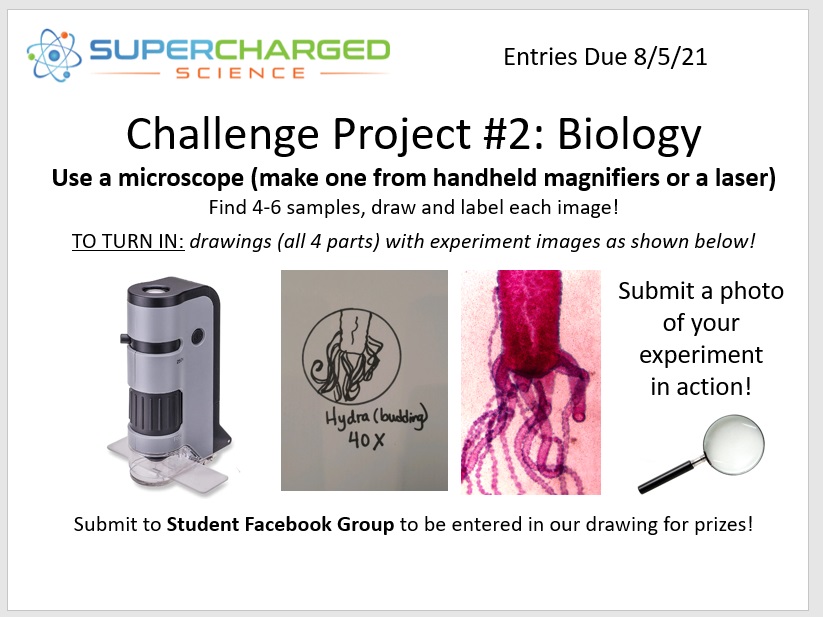
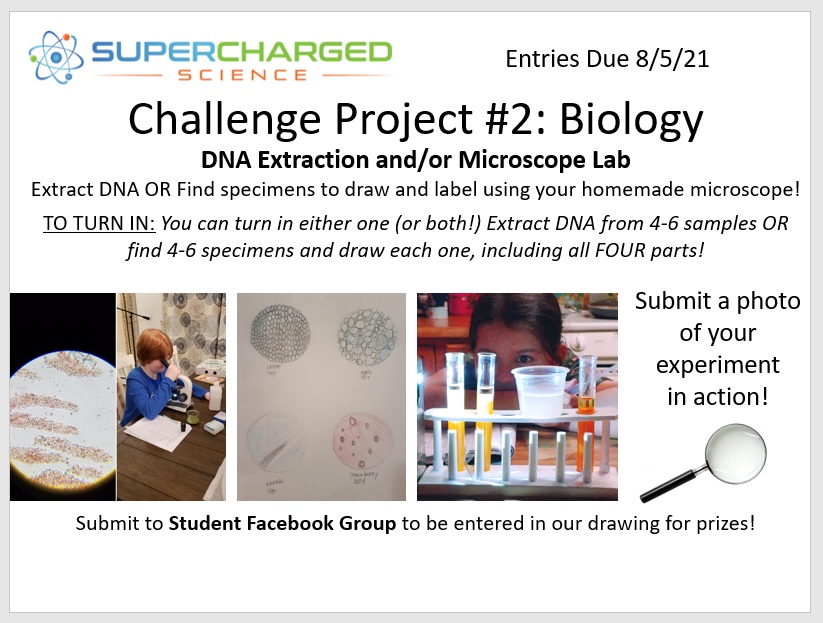
Wednesday: Chemistry
Today’s science class is how to do real CHEMISTRY! Chemistry is the study of how matter interacts with other matter or with energy. When you put baking soda and vinegar together, what happens? Does it happen fast or slow? We’re going to be mixing up chemicals, doing experiments with states of matter, and building your own chemistry lab station as we cover chemical kinetics, phase shifts, the states of matter, atoms, pH, molecules, elements, chemical reactions, and much more.
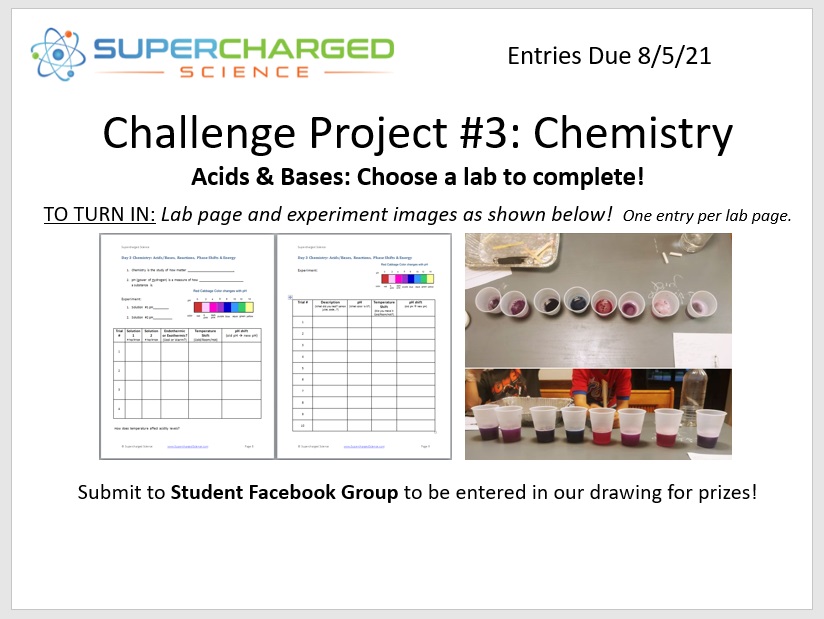
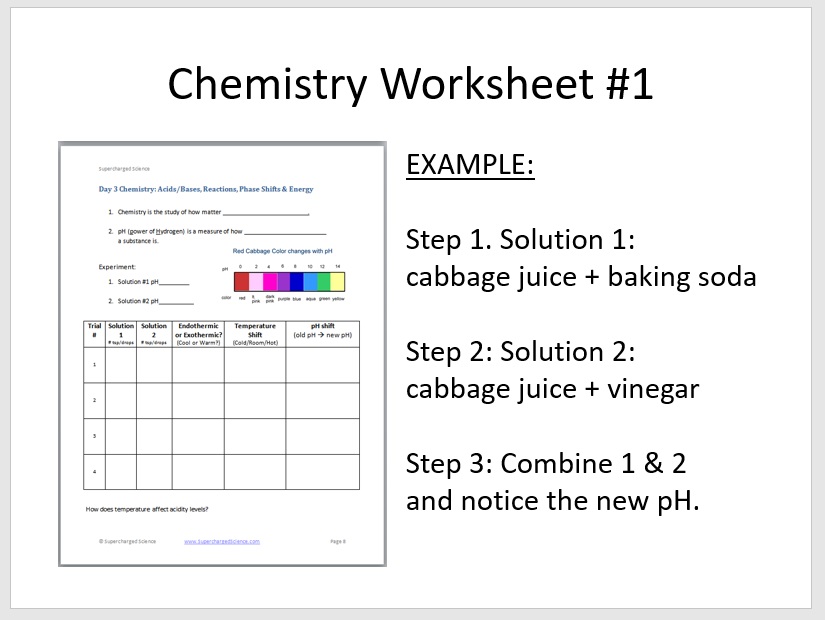
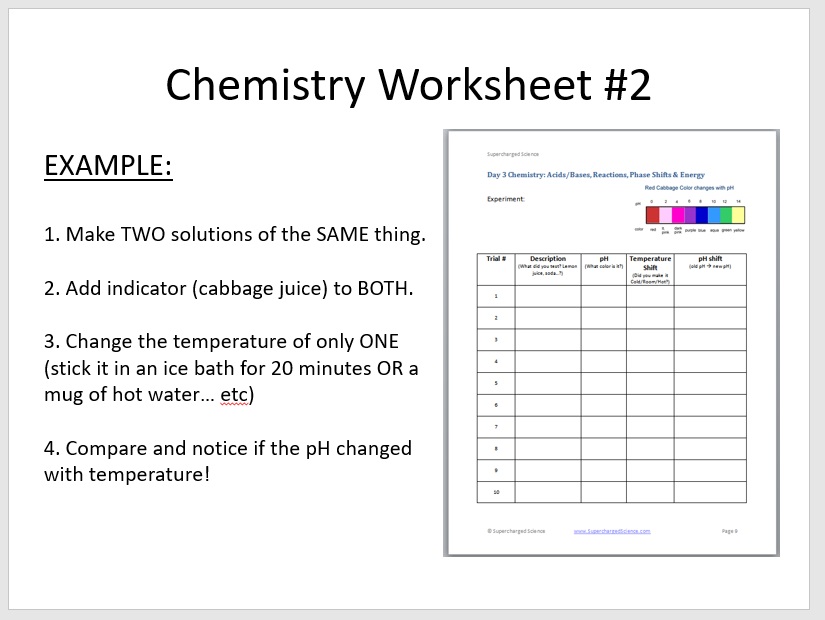
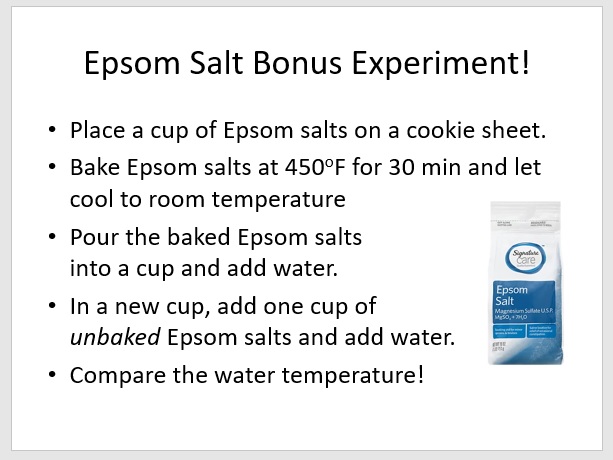
Thursday: Earth Science
Explore our dynamic planet by taking a peek into the world of geology! In today's class, we’ll learn techniques to identify, test, and classify rock and mineral samples you come across that real scientists use in the field. You will go on a rock hound hunt to find samples right in your own backyard.

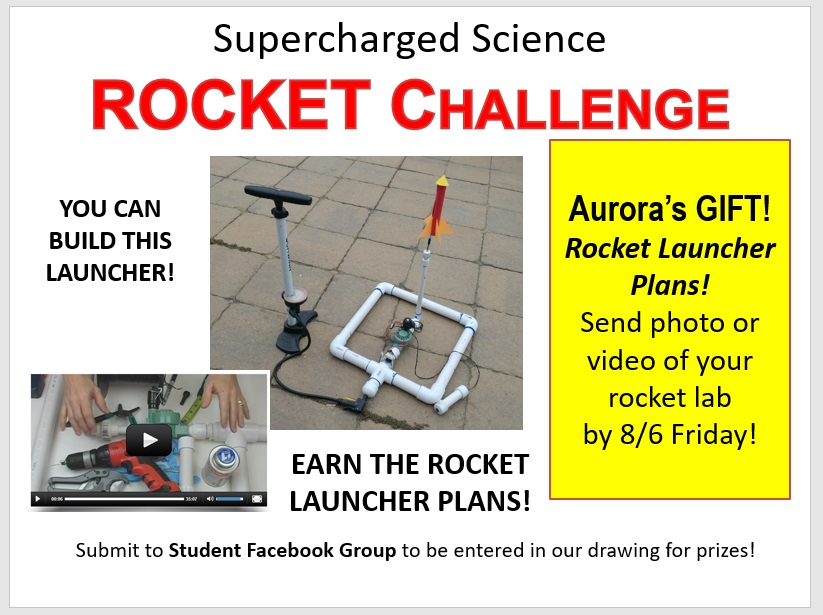

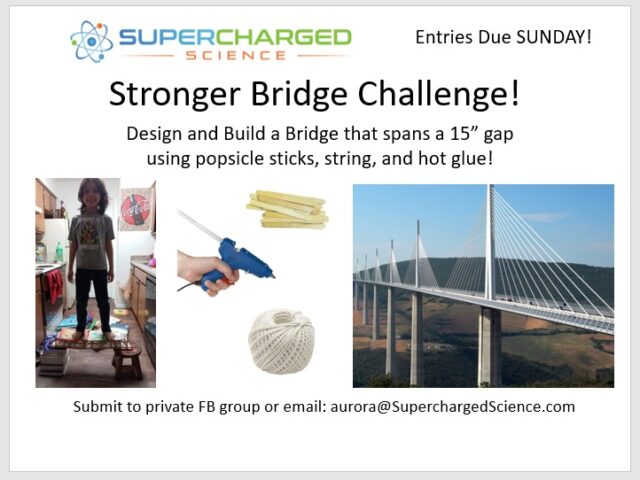
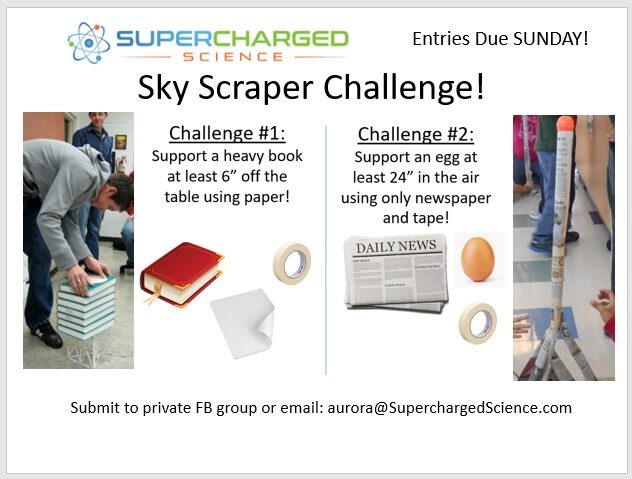

Week 4: Buoyancy, Submersibles
Typography is the art and technique of arranging type to make written language legible, readable and appealing when displayed. The arrangement of type involves selecting typefaces, point size, line length, line-spacing (leading), letter-spacing (tracking), and adjusting the space within letters pairs (kerning).
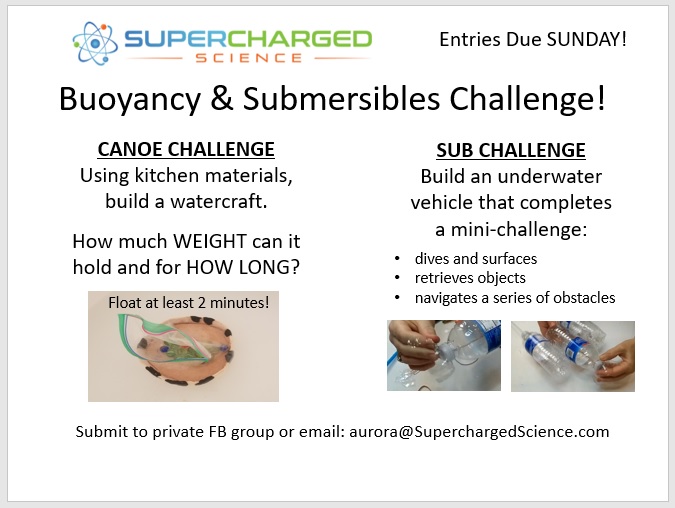
[/am4show]
